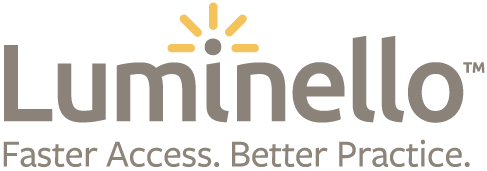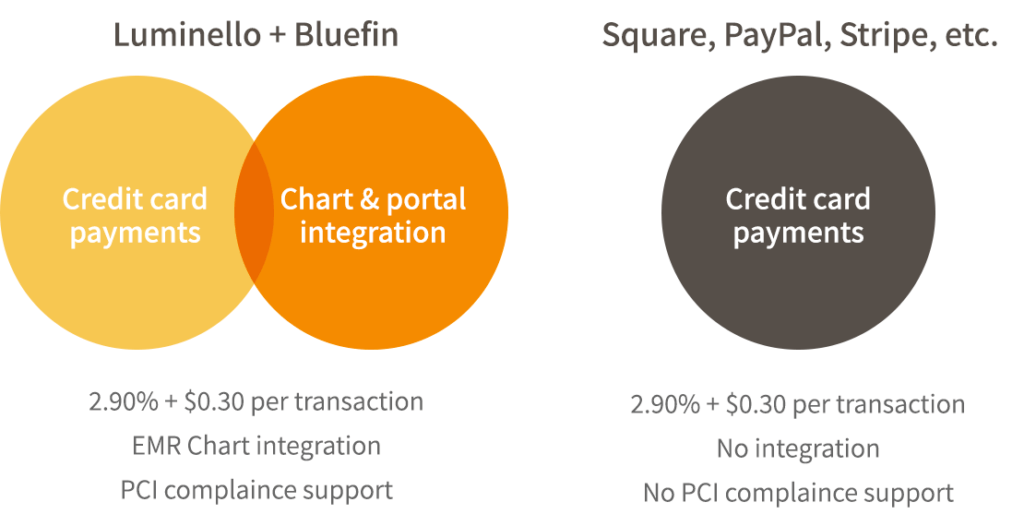Dr. Luo, there are so many forms of electronic communication out there now—from email to blogs to Twitter. What do psychiatrists need to know about using technology to communicate with our patients?
Dr. Luo: We should start with email, because at this point it is nearly impossible not to use email to some extent. There are some real advantages to using email to communicate with your patients. But there are specific things to keep in mind if you choose to do so.
Such as?
Dr. Luo: First, email is not entirely secure from end to end. So there is an issue of protecting patients’ privacy. There are some secure messaging portals, usually at large health systems, that can alleviate privacy concerns, but most psychiatrists in private practice would not have access to those.
So assuming we decide we’ll try using email communication with our patients, how should we ensure their privacy is protected?
Dr. Luo: You can’t really ensure it is, so you need to be clear with your patients up front about the risks associated with emailing you. Email is best used for things like, “I need a refill,” “Can I change my appointment,” or “I need to talk to you about something.” This isn’t the arena for long detailed messages about symptoms or other problems. That’s not only for privacy reasons, but also because email doesn’t convey any information about tone, inflection, body posture or language. Also, of course, email isn’t good in emergencies because there isn’t always someone on the other end to check it.
But you think the benefits of using email outweigh the risks?
Dr. Luo: Yes. It’s an issue of patient satisfaction—especially for those who find the convenience of email almost a necessity. Otherwise, you can be considered old fashioned and not terribly progressive and, probably most important, not accessible to your patients.
So do you suggest giving out our email address to our patients?
Dr. Luo: I do, because a lot of times they find a way to get it anyway. At least if you give it to them you can be sure that they have the correct address. Before I started giving out my email address, when I worked at a large health system, I had a patient ask me if I had received an email he sent me. I It turned out he had somehow gotten access to what he thought was my email address but was, in fact, another J Luo. I also suggest having a professional email address to give patients, separate from your personal email. These recommendations come from the American Medical Informatics Association Task Force on Electronic Communication.
Do you have a formal part of your email that explains the risks of email communication?
Dr. Luo: Yes. If you work for a health system, it’s probably already there. But if you are a private practice doctor you can add it as a footer. I think you also need to discuss the risks of email and appropriate topics for email with your patients in person and record that you did so in the chart. It would be even better to have them sign an email consent form that outlines these issues. I am not a lawyer, so this shouldn’t be taken as legal advice, but it should offer some degree of protection.
What about payment for time spent reading and responding to email?
Dr. Luo: In general, reimbursement hasn’t caught up with technology. I personally have just accepted answering emails from patients as another modality. I actually prefer email to voicemail in a lot of cases.
So you’re saying if you encourage email, that might take less of a doctor’s time than answering phone calls?
Dr. Luo: Yes, especially for the things we talked about before—refills, changing appointments, et cetera. You have to transcribe a phone message, you sometimes miss numbers or don’t hear or understand what someone said. I think email is just easier than voicemail for basic communication. On the other hand, voicemail is still better for some personal issues, and helps me understand the urgency of the message.
What do you think about communicating with patients over social networking sites like Facebook and Twitter?
Dr. Luo: I don’t encourage it. I wouldn’t want to be “friends” with a patient on Facebook, because he or she shouldn’t be able to see who my other patient “friends” are, not to mention my real friends and family. It isn’t a good idea in terms of boundaries. I say that even for professional sites like LinkedIn.
And Twitter (a social networking site that offers instant updates from users)?
Dr. Luo: I just don’t see value to using this as part of the doctor-patient relationship. One of the problems now is that there are so many ways to be contacted that at some point it becomes information overload. Email is good. A professional website is good. But beyond that, you don’t want to get to a point where you can’t keep up with all the technology.
How do you respond to patients who use the Internet for medical information?
Dr. Luo: Today’s patients are definitely more savvy about how to find medical information online. The Pew Internet Health Report found that in a 10-year span the use of health information online went from about 25 percent to about 75 percent. I find that a lot of patients are spot-on in terms of getting this information.
So you think it’s a good thing?
Dr. Luo: Yes. I welcome it, because frankly it means I don’t have to do all the research. I am very open to hearing what they learned and where they got their information. Every time someone says, “Well, you know, Doc, I read on the Internet…” I tell them, “Print it out and bring it in or email me a link. I would love to discuss it with you.” You just have to help your patients find the right places to search for information.
Why do you think some doctors are resistant to information patients find online?
Dr. Luo: Well, some of the information out there is not good—either it’s too commercial, or it’s just marketing for a drug company, or it’s anti-psychiatry. That’s why we need to help our patients filter out the bad information. I also think maybe some doctors feel threatened in a sense by patients looking things up on their own. If a patient learns something that I didn’t know, that’s okay. One of my colleagues had a patient who read his research paper on a particular disease online and chose to see him because of that. So what patients learn from online sources can be really useful.
Thank you, Dr. Luo.
Resources for Understanding Email Communication with Patients
“Email and the Psychiatrist Patient Relationship,” Recupero P, J Am Acad Psychiatry Law 2005;33:465–475.
“Guidelines for the Clinical Use of Electronic Mail With Patients,” Kane B et al.,JAMIA 1998;5:104–111.
AMA Guidelines for Physician-Patient Electronic Communications:http://bit.ly/4w2ZuF
Pew Internet and American Health Report. The Social Life of Health Information. http://bit.ly/cfLKf7
APA Guidelines for email: http://bit.ly/agQYiC (must be an APA member to access)
Source: We thank The Carlat Psychiatry Report for allowing us to re-post this article. Luminello subscribers get a discount on The Carlat Report newsletters, books, CME credit opportunities, and ABPN Maintenance of Certification courses. Learn more


